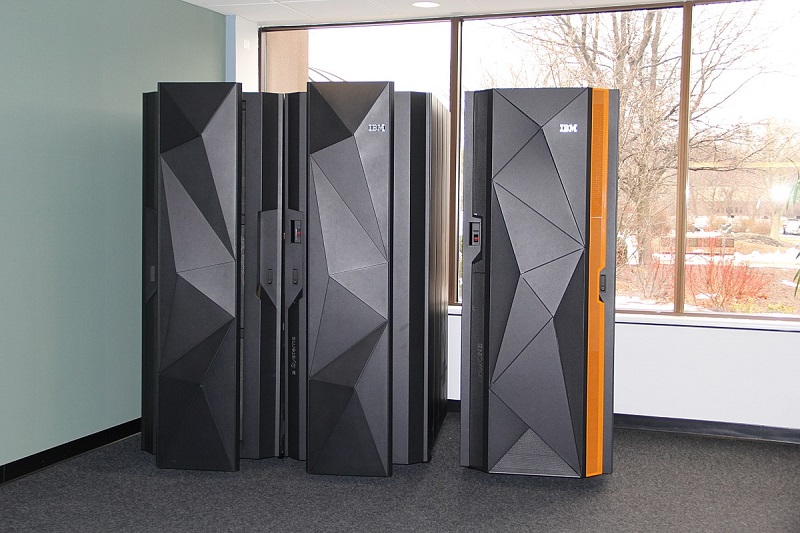Futureproofing the legacy backbone: Virtualizing mainframes with Microsoft Azure - Part 1

Big changes are coming to a segment of IT that has hardly changed since before personal computers were invented.
Mainframes, first developed in the 1950s and controlled by punch cards or magnetic tape, evolved through the computing eras of the 1960s, 70s and 80s and are still used by enterprises and long-lived SMBs to process transactions and data or run mission critical apps. While the mainframe's best days are long past, tens of thousands of organizations still rely on these systems. But a shifting security landscape and changing skillsets as well as the cost and performance benefits of cloud are steering a growing number of organizations to virtualize their mainframes.
A specialized group of partners, often "born" in the heyday of mainframes are stepping into the void and helping to virtualize them on Azure, creating big opportunities to improve the performance and cost effectiveness of these IT departments.
In part one of this two part article, we'll take a look at the considerations prompting organizations to retool in the cloud and the players in the emerging virtualization market. In part two, we'll find out what steps are needed from customers and partners to bring a virtualization project to fruition.
Why companies are beginning to transition
Compared to the high pace of change in the cloud world, change has proven to be much rarer among mainframe users. Whether they were originally built and implemented by IBM, Unisys, or Sperry, mainframes typically have one thing in common: Almost all are programmed in the COBOL language.
As COBOL programmers retire "tribal knowledge" about business operations goes with them, according to Jayson Goldman, managing director for North America at virtualization partner Asysco. He said:
If you don't extract it you won't be able to support it. I like to use the analogy of an old voice recorder tape or old cassette of a concert. You don't want to lose it but the medium is no longer viable. Preserve it and continue to use it.
The maturity of Microsoft Azure and the cloud more broadly has helped with making the case. Cloud technology is no longer as novel and uncertain as it might have seemed five or 10 years ago. Aside from the reassurances that new security certifications provide for those thinking of making the switch, new storage and processor technology is enticing. Solid state drives, NVIDIA, AMD, and the newest Intel chips make Azure better at heavily IO workloads traditionally placed on mainframes.
"Within the last 18 months we have seen an exponential growth in leveraging the cloud for mainframe processes," said Steven Steuart, CTO at Astadia, a mainframe virtualization partner. Why the sudden shift? According to Steuart, it's at least partially generational. Older "mainframe hugging" CIOs are retiring and many COBOL programmers are poised for retirement. "You can only put off something for so long. It's time. Personally I thought this was going to be a boom 10 to 15 years ago," he added.
Mainframes are incredibly expensive to implement and maintain, and the market for new equipment is dominated by legacy buyers. No startups today even consider buying mainframes, due to the $10 to $20 million investment to get mainframe equipment.
FREE Membership Required to View Full Content:
Joining MSDynamicsWorld.com gives you free, unlimited access to news, analysis, white papers, case studies, product brochures, and more. You can also receive periodic email newsletters with the latest relevant articles and content updates.
Learn more about us here